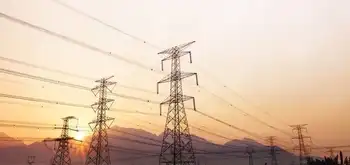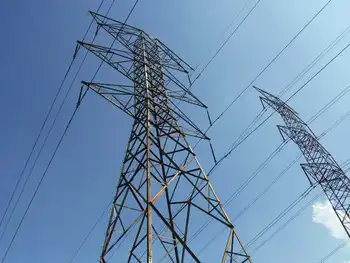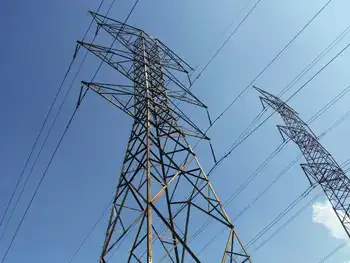AustraliaÂ’s emissions fall as economy slows
Australian National Greenhouse Accounts estimated the country emitted 544 million tonnes of carbon dioxide (CO2) equivalent in the year — a fall of 1.2 percent compared with the year earlier.
"This is the first time the annual emissions growth has been negative since the series commenced in September 1998," said the Australian government's greenhouse gas inventory report.
Australia's average annual emissions growth rate since 1998 has been 1.5 percent, said the report.
"The negative emission growth recorded in the four quarters to June 2009 is considered temporary and is mostly attributable to relatively low emissions in the March and June quarters in key sectors, mainly reflecting the economic slowdown," it said.
The report said emissions from the steel industry had fallen as a result of a temporary reduction in production capacity at the Port Kembla steelworks, emissions from agriculture and transport declined by 1.4 percent each, and low industrial production affected national demand for energy.
The government's weapon in the fight to reduce greenhouse gases permanently is a planned emissions trading scheme (ETS) to start in July 2011.
The ETS aims to curb emissions by 5 percent by 2020, or by up to 25 percent if there is a deal at UN world climate talks in Copenhagen in December.
But the ETS laws are deadlocked in parliament, with the government in talks on possible amendments with the opposition, which wants more money for the coal and electricity sectors and agriculture exempt.
Australia's ETS will be the world's most comprehensive if passed, covering 75 percent of national emissions from 1,000 of the biggest companies and be the second domestic trading platform outside of Europe.
Australia produces about 1.5 percent of global emissions. But it is the world's biggest coal exporter and one of the highest per-capita emitters due to reliance on coal for 80 percent of electricity.
Related News

Buyer's Remorse: Questions about grid modernization affordability
WASHINGTON - Utilities’ pursuit of a modern grid to maintain the reliability and safety pillars of electricity delivery has raised a lot of questions about the third pillar — affordability.
Utilities are seeing rising penetrations of emerging technologies like distributed solar, behind-the-meter battery storage, and electric vehicles. These new distributed energy resources (DER) do not eliminate utilities' need to keep distribution systems safe and reliable.
But the need for modern tools to manage DER imposes costs on utilities that some regulators, lawmakers and policymakers are concerned could drive up electricity rates.
The result is an increasing number of legislative and regulatory grid modernization…




